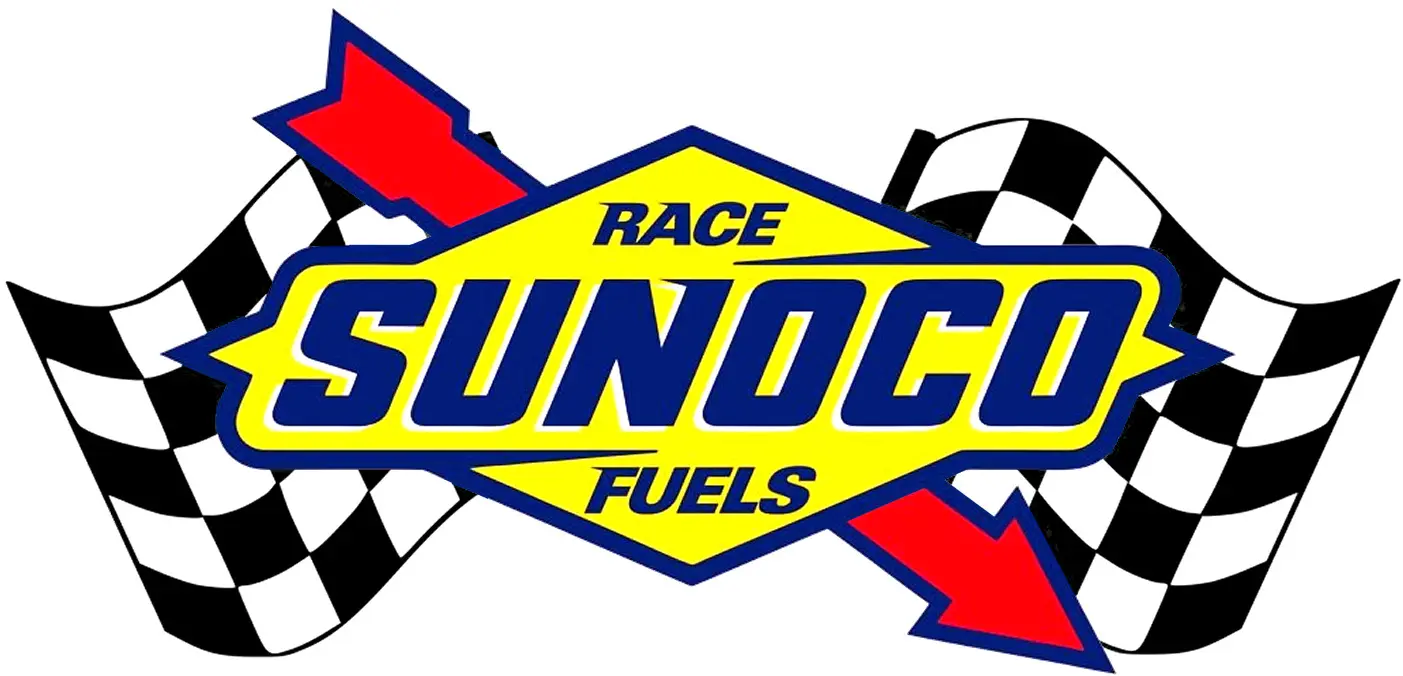Food and Beverage Translation Services
Exporting food products internationally? GTS provides certified, bilingual label translations that meet Canadian, EU, and global regulations. We deliver print-ready files with expert typesetting and guaranteed compliance.
📄 Get an Instant QuoteExcellence in translation of Food and Beverage Materials
GTS provides high quality food and beverage translation services in over 90 languages. We work with some of the largest food and beverage companies in the world. Customers include Danone, Nestlé, Unilever, Diageo, Bel Brands, Aryzta and LVMH. GTS has professional subject matter experts in most countries that are qualified to provide the most accurate translation for all of your food and beverage translation needs.Translation Services for All Food & Beverage Industry Documents
Here are the types of documents and texts that we translate for our food and beverage clients:- Food labels (including Nutrition Facts, ingredient lists, allergen info)
- Packaging and product inserts
- Food production and processing procedures
- Manuals for food production equipment
- HACCP and Quality Assurance (QA/QC) documentation
- Laboratory test reports and certificates
- Regulatory filings and compliance documentation (e.g., CFIA, FDA, EFSA)
- Safety Data Sheets (SDS/MSDS)
- Marketing brochures and advertising copy
- Websites, eCommerce product listings, and SEO content
- Contracts, distribution agreements, and legal documents
- Employee training manuals and internal communications
Get an instant online quote for Food and Beverage Translation Services
Get Quotes for Document Translation in 3 steps
Translating Food Labels
Planning to export your food products overseas? Accurate translation of food labels—including ingredients, allergens, and Nutrition Facts—is essential for regulatory compliance and consumer trust. GTS offers a turnkey solution: professional translation combined with typesetting and desktop publishing (DTP), so your labels are print-ready in any language. Just send us your label files (PDF or other formats), and we’ll deliver professionally translated and fully formatted versions ready for use.
Compliance with Food Labeling Regulations in Canada and the EU
Canada: Bilingual Food Labeling and CFIA Compliance
In Canada, all mandatory food label information must appear in both English and French. This bilingual labeling requirement is enforced by the Canadian Food Inspection Agency (CFIA). It applies to product names, ingredient lists, allergen declarations, Nutrition Facts tables, usage instructions, and even certain marketing claims. The French used in Canada—especially in Quebec—differs significantly from European French, both in vocabulary and tone. To ensure legal compliance and consumer clarity, it’s critical to use French Canadian language experts who understand regional nuances.
Canadian nutrition labeling is also governed by specific formatting rules, revised in 2016 and fully enforced since December 2022. These updates require a bolded calorie count, standardized serving sizes, the inclusion of potassium, revised Daily Value (% DV) calculations, and consistent font sizes and layout. Ingredient lists must appear in descending order of weight, and allergens must be clearly disclosed using either inline formatting or a separate “Contains” statement.
Additional Canadian requirements include displaying the product’s common name, net quantity in metric units, the name and address of the responsible party in Canada, and a durable life date (best before date) if the shelf life is under 90 days. Nutrient and health claims (e.g., “Low Fat,” “Gluten-Free”) are allowed only if they meet the criteria set by Health Canada. All labeling content must be legible and prominently displayed according to packaging dimensions.
European Union: Labeling Under EU Regulation No. 1169/2011
For sales in Europe, food labeling must comply with EU Regulation No. 1169/2011, which governs the provision of food information to consumers. This regulation covers essential requirements such as nutritional information, allergen labeling, language use based on the market, and other mandatory particulars. Labels must be translated into the official language(s) of every EU country where the product is sold, and the terminology must adhere to local standards.
At GTS, we specialize in helping food and beverage companies navigate these complex international regulations. Whether you’re launching in Canada, across the EU, or globally, our translators combine regulatory knowledge with linguistic accuracy to deliver labels that are not only clear and culturally appropriate, but also fully compliant. We also provide typesetting and desktop publishing (DTP) to ensure that your translated labels are delivered print-ready and formatted to meet country-specific layout standards.
Our team closely monitors regulatory updates to ensure your packaging remains compliant over time—because in the food industry, compliance isn’t a one-time task, it’s an ongoing commitment.




